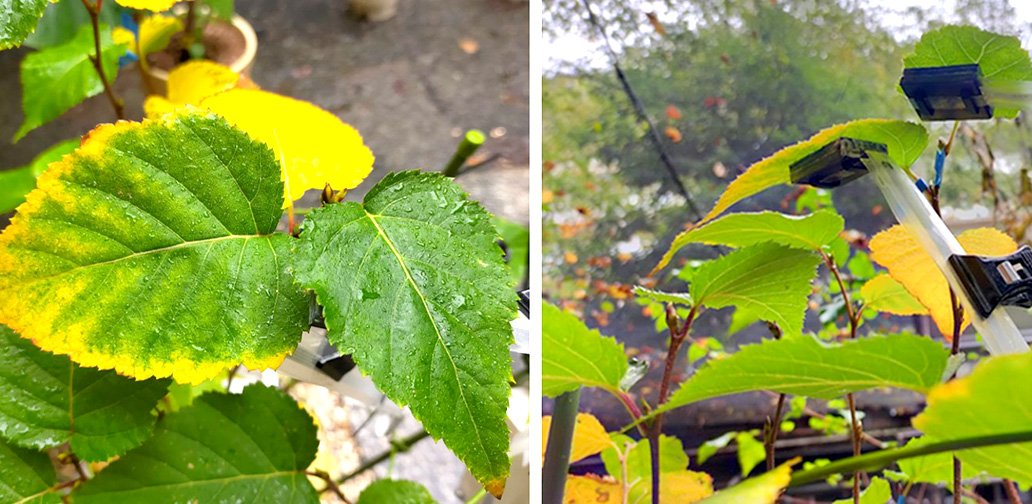A new study has found an intriguing link between the genetic risks for melanoma and autoimmune diseases.
QIMR Berghofer’s Dr Upekha Liyanage said further research could lead to a treatment for people with either condition.
“This finding doesn’t mean people with autoimmune diseases are more likely to develop melanoma but the link we have discovered is very interesting and could prove to be extremely significant,” Dr Liyanage said.
“For example, we may get to a point with further research, where a drug used to treat melanoma could also help people with autoimmune disease.”
Data from 400 thousand people was used in the research which compared 36 thousand people with melanoma and those without. The study used data from the United Kingdom and the USA.
QIMR Berghofer’s Associate Professor Matthew Law said the latest research is demonstrating that a person’s genetics play a major role in determining melanoma risk.
“Half the risk of melanoma comes from your genes. Before this research we knew there were 54 genes associated with melanoma risk. This study has confirmed seven more and it has identified another 12 that need further investigation,” he said.
“While the genetic link is a significant step in reducing the gap in our knowledge of melanoma and how we might treat the disease, it is vitally important for people to remember that
prevention is better than cure.”
Melanoma accounts for more than 80 percent of skin cancer deaths and is the second most common cancer in men in Australia. Associate Professor Law said people can take simple steps to reduce their risk of skin cancer.
“Sunscreen, hats, long sleeved shirts and umbrellas are an important part of the overall strategy to reduce the risk of melanomas.”
A recent QIMR Berghofer study found public health programs promoting sun protection strategies could save more than 50 thousand lives over 30-years.
The study has been published online in the .




